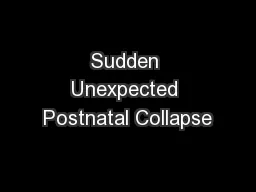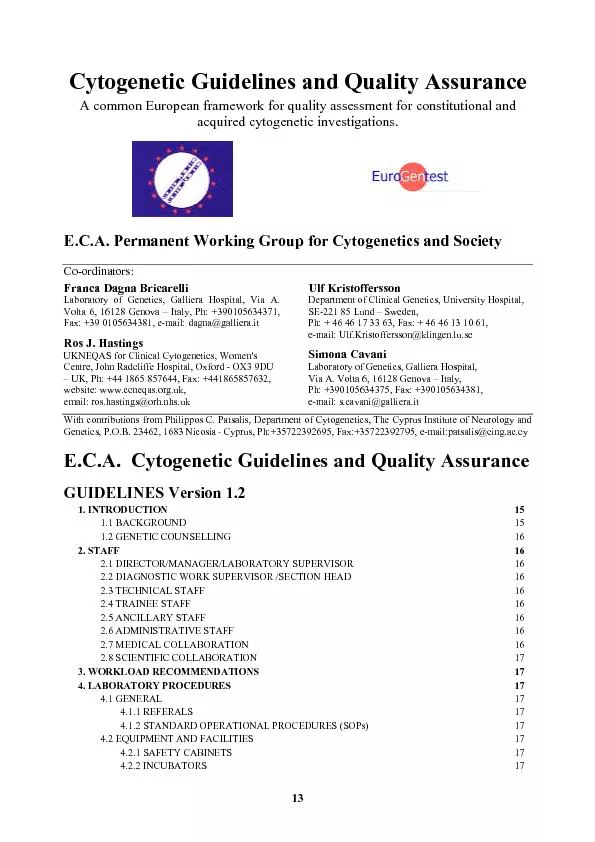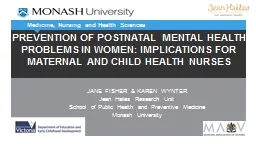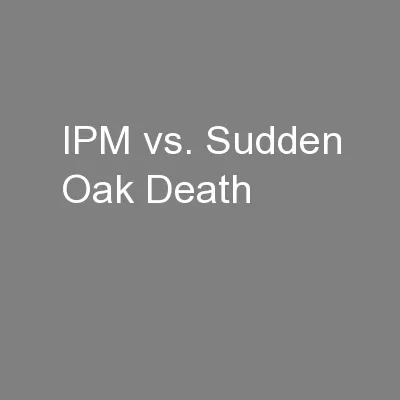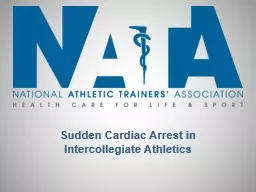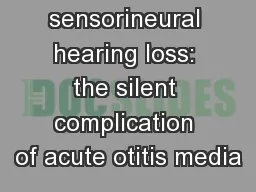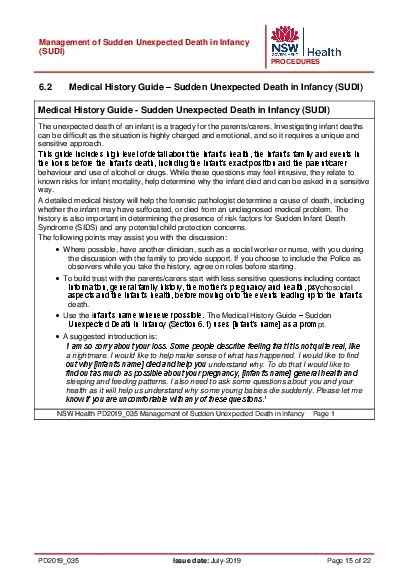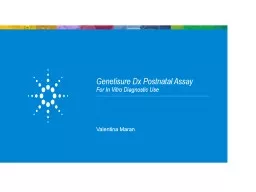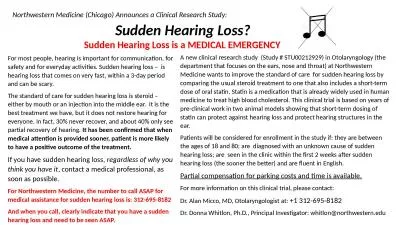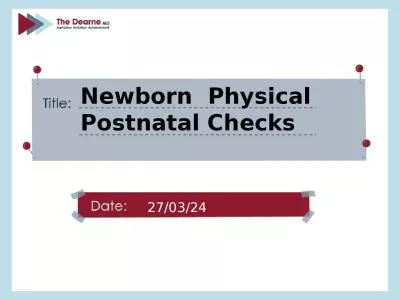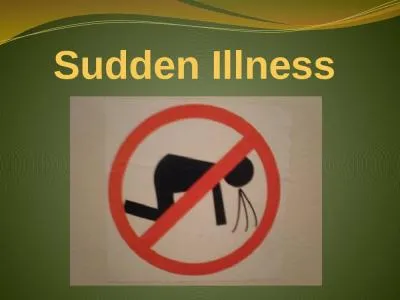PPT-Sudden Unexpected Postnatal Collapse
Author : pasty-toler | Published Date : 2017-09-20
AWHONN Virginia 2017 Section Conference Defining the issue Sudden Unexpected Postnatal Collapse Respiratory failure Cardiac Arrest Limpness pallor bradycardia
Presentation Embed Code
Download Presentation
Download Presentation The PPT/PDF document "Sudden Unexpected Postnatal Collapse" is the property of its rightful owner. Permission is granted to download and print the materials on this website for personal, non-commercial use only, and to display it on your personal computer provided you do not modify the materials and that you retain all copyright notices contained in the materials. By downloading content from our website, you accept the terms of this agreement.
Sudden Unexpected Postnatal Collapse: Transcript
Download Rules Of Document
"Sudden Unexpected Postnatal Collapse"The content belongs to its owner. You may download and print it for personal use, without modification, and keep all copyright notices. By downloading, you agree to these terms.
Related Documents

